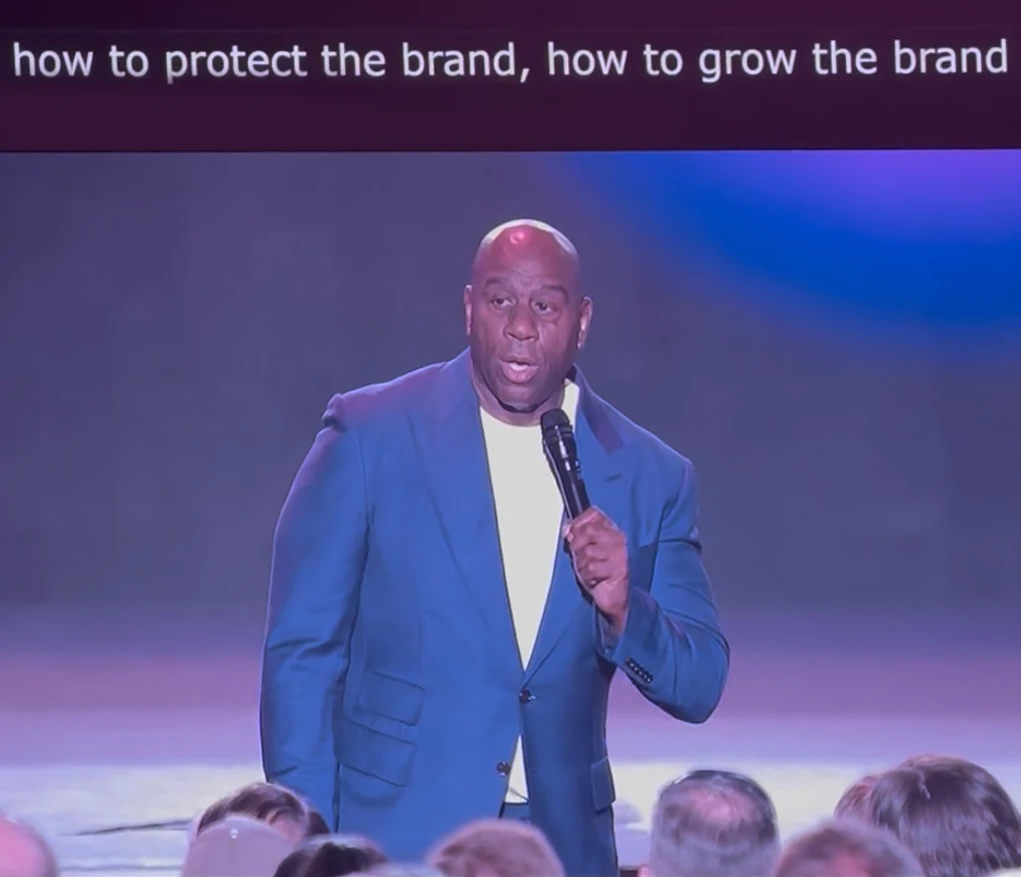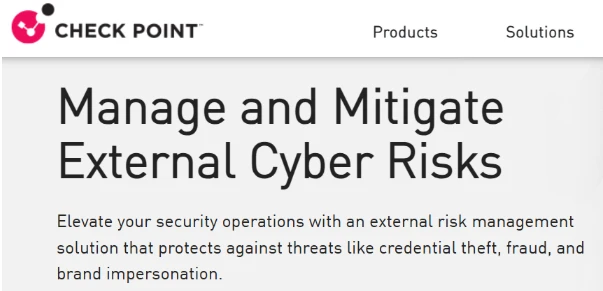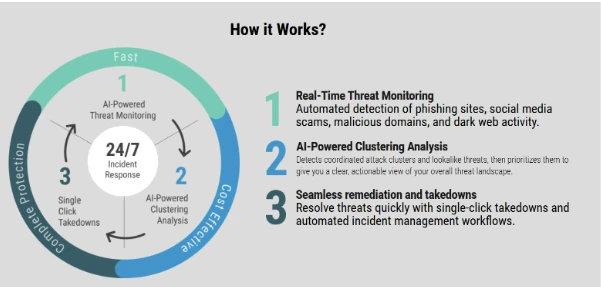The Intersection of External Cybersecurity and Brand Risk: Insights from RSA 2025
Before we dive in, I would like to add a quick disclaimer. Every year, cyber blogs and forums are saturated with “Top 5 Takeaways that just happen to align perfectly with my product line” articles. This won’t be that.
Instead, this article is a reflection on actual industry shifts I witnessed firsthand at RSA 2025 in San Francisco. The goal is to share real insights for CISOs and security leaders navigating the evolving cybersecurity landscape. That said, BrandShield’s latest developments strongly align with these shifts, and where relevant, of course I’m going to include them. But this is not a pitch. It’s a conversation about where our industry is headed.
The Unexpected Relevance of a Basketball Legend
Let’s start with one of the more surprising moments of the week. Earvin ‘Magic’ Johnson, the basketball legend-turned-business magnate, was invited to deliver a keynote. Security leaders packed in wall-to-wall, not to learn about zero-days or threat intelligence, but to hear from a man unanimously adored as inspirational.
At first glance, his keynote might seem misplaced. But one idea in particular resonated with me: “Protect your brand”, he said. On its surface, it sounds like boardroom wisdom. Yet in today’s threat environment, it hits home for cybersecurity.
I’ve been working in the cybersecurity industry since 2019, and I can say with confidence that something fundamental is changing. Cybersecurity is no longer just about defending networks, devices, or even the cloud. At RSA 2025, it became clear: reputational risk is now a core part of the cybersecurity agenda.

Brand Risk is Legacy Vendors’ New Frontier
For decades, the biggest names in cybersecurity earned their keep protecting enterprise networks and servers. Then came cloud, remote work, and IoT, and the focus shifted to digital assets. Now we’re entering what I argue is the third era: external cybersecurity.
At RSA, my theory became reality. Check Point, famous for inventing the firewall, is now investing in brand-focused defenses, illustrated by their acquisition of Cyberint. Rapid7, long known for attack surface management, is similarly expanding its focus to external threats.

What I mean by external threats are those avenues of attack that CISOs don’t control. Attackers are going after identity, impersonating the CEO, company logo, website, social media presence, or even mobile apps. These deceptions are often the beginning of a phishing campaign. And of course, AI is making it all far more chaotic: being used to generate deep fakes, create copycat websites, and automate these types of attacks at scale.
The takeaway here is that brand protection is no longer a niche within cybersecurity. It’s now a critical piece of the enterprise risk picture.
Security Must Move from Preventive to Predictive
Another consistent message throughout RSA was this: being proactive isn’t enough, security needs to be predictive.
Threat prevention has been a common theme for years, that is, moving from reactive to proactive. But in a world where attackers use AI to clone successful attacks, these models can’t keep up. The industry is starting to recognize that threat anticipation is the next frontier. While a few players are beginning to integrate external data sources, most have yet to embrace true predictive modeling. Without it, organizations remain a step behind.
BrandShield, for example, is developing AI.ClusterX (link to blog) (launching Q3), a technology that clusters behavioral signals across digital threats. By identifying patterns early, before impersonations or phishing campaigns are repeated, we can spot attacks in their earliest stages. This approach is built for the scale and speed of modern threats.
AI and Automation Are Essential, But Not Enough on Their Own
If AI was the unofficial buzzword of RSA 2024, this year was no different. Every vendor seemed to promise AI in some form or another, particularly regarding automation. But automation, especially without oversight, carries real risks.
One provider claimed to have fully automated takedowns with no human review. The danger? Mistaking a legitimate asset for a threat could result in taking down legitimate infrastructure, including your own.
This is why our approach with BrandShield Resolve strikes a balance. It’s heavily automated, leveraging AI to drive threat automated detection and analysis. But remediation still involves human review, either by your security team or our 24/7 SOC. In this way, we combine the scalability, accuracy and speed of AI with the discernment of human judgment.

AI and automation are powerful tools for digital risk protection, but they are not silver bullets. Security leaders need to deploy them selectively, with the understanding that full autonomy isn’t necessarily the goal.
Brand Protection Is Now a CISO Responsibility
Finally, and perhaps most importantly, RSA 2025 affirmed a trend that’s been building for years: brand protection is no longer just a marketing concern. It is a cybersecurity imperative.
With the rise of generative AI, any barriers to launching a brand impersonation attack have all but disappeared. Your brand, your CEO, and your reputation are now the low-hanging fruit for threat actors. CISOs must begin incorporating brand risk into their security strategies, not as an afterthought, but as a fundamental pillar of defense.
RSA 2025 clearly demonstrated that the cybersecurity conversation is expanding beyond endpoints and infrastructure, toward reputation, identity, and trust. These are now the vectors of attack, and they require a new kind of defense, namely: predictive models, responsible automation, and maximum external threat visibility.
In Conclusion, Our Ecosystem is yet again changing fundamentally
RSA 2025 marked a turning point: cybersecurity is no longer just about defending infrastructure, but about defending identity, trust, and reputation. As external threats rise and AI accelerates the scale of impersonation and deception, CISOs must adopt predictive models, apply automation responsibly, and treat brand protection as a frontline concern.
That brings us back to something unexpected yet deeply relevant from Magic Johnson’s keynote. When he said, “protect the brand,” he wasn’t speaking as a cybersecurity expert, but he nailed the assignment. In a world where your brand is your attack surface, those three words now carry operational weight. And at 6ft 9, Magic is a substantial fellow!
Want to see how BrandShield helps security leaders solve external threats? Click here to schedule a demo today.
